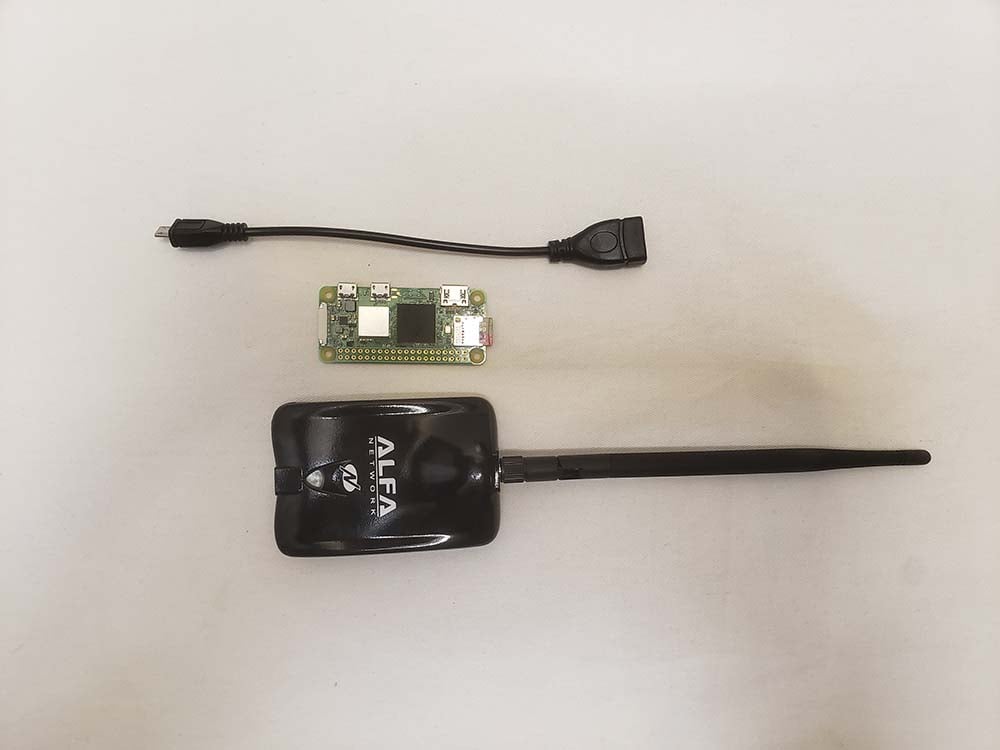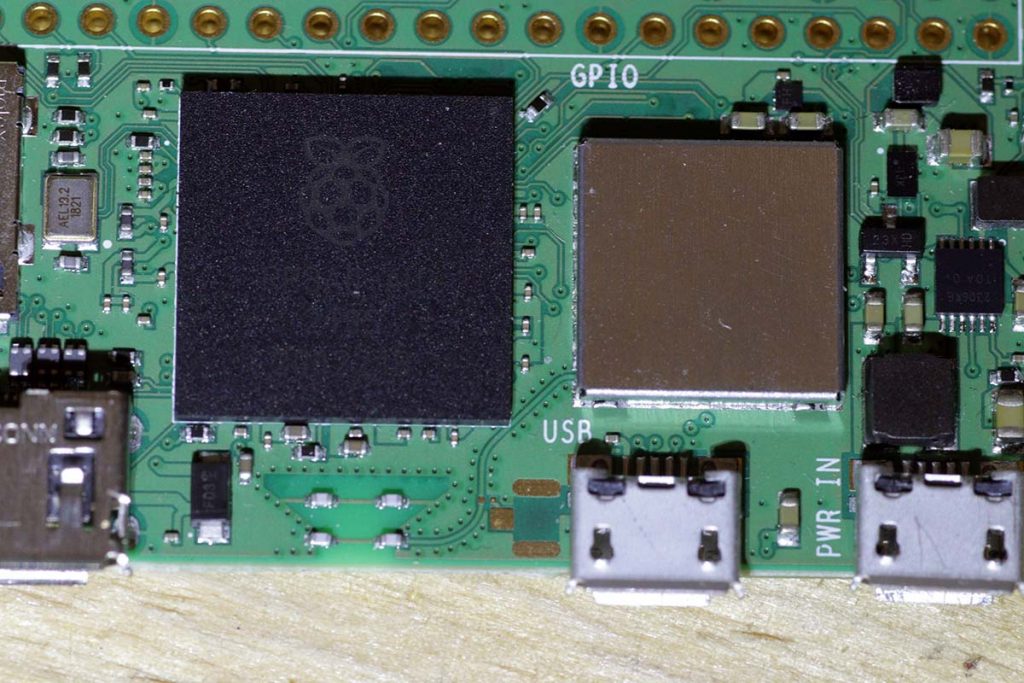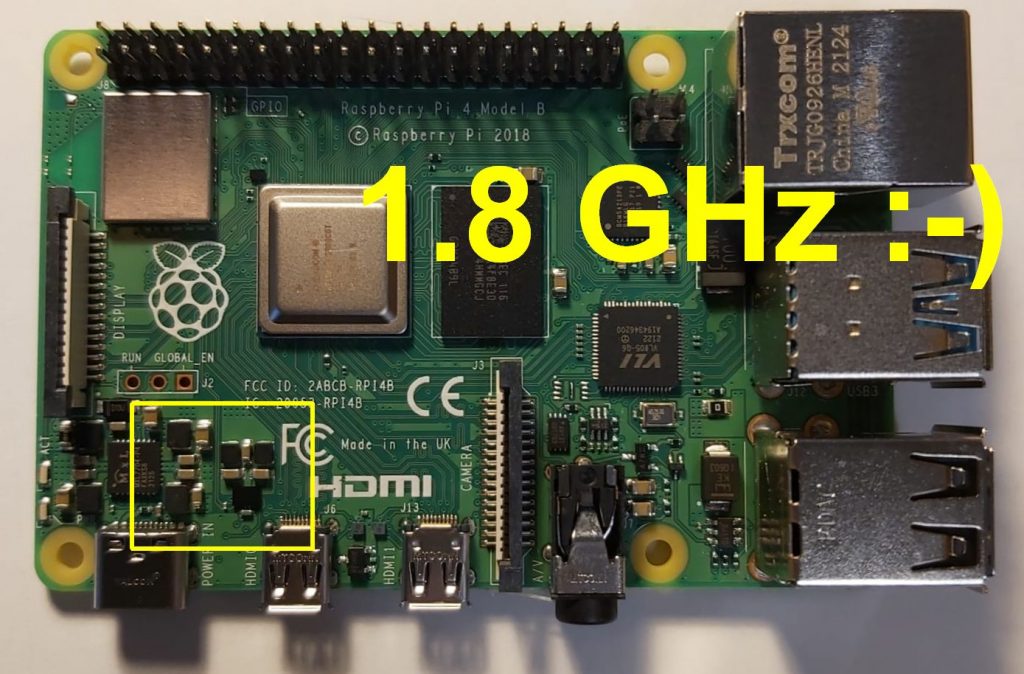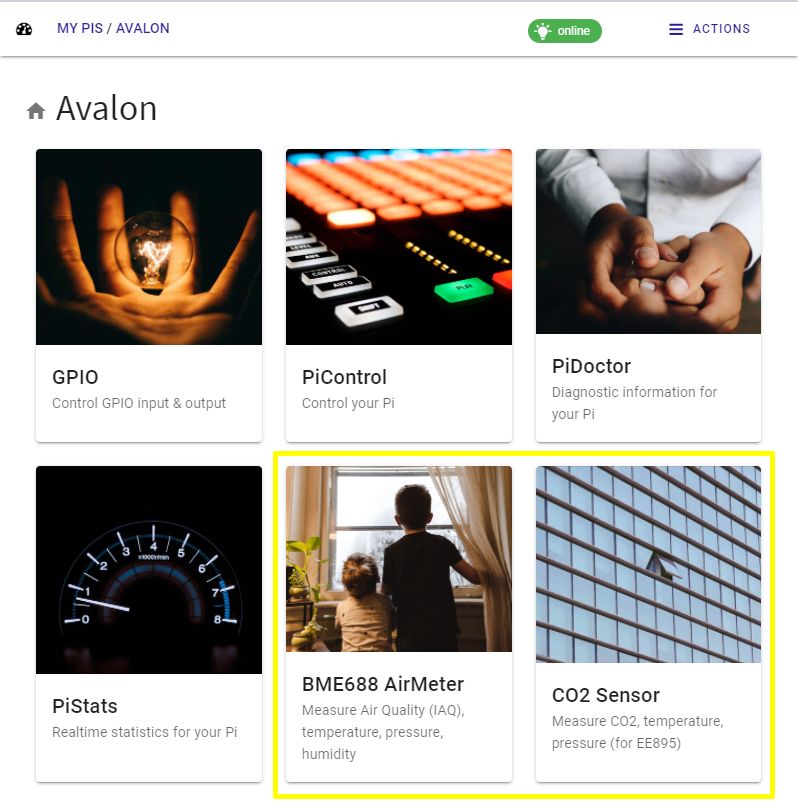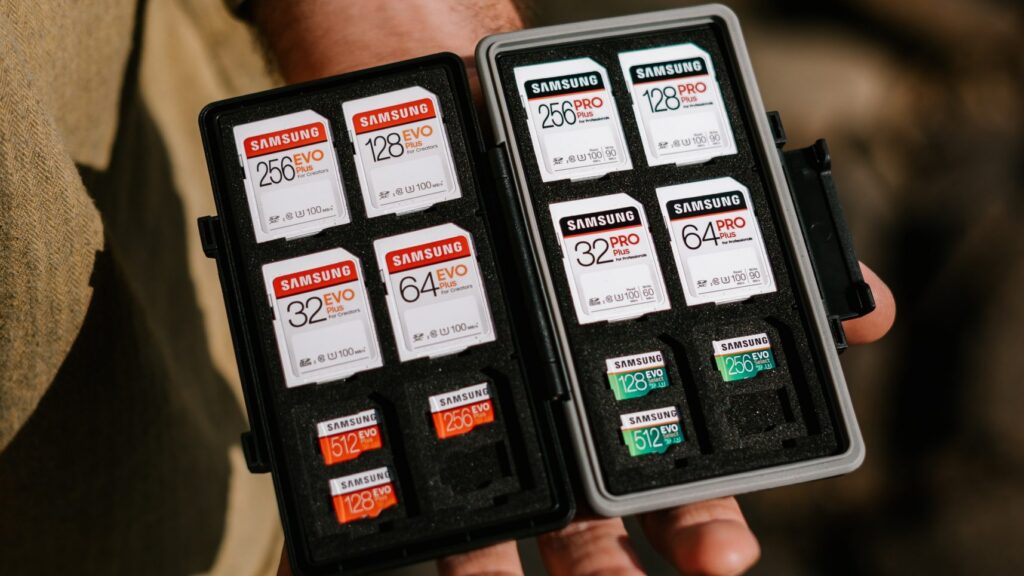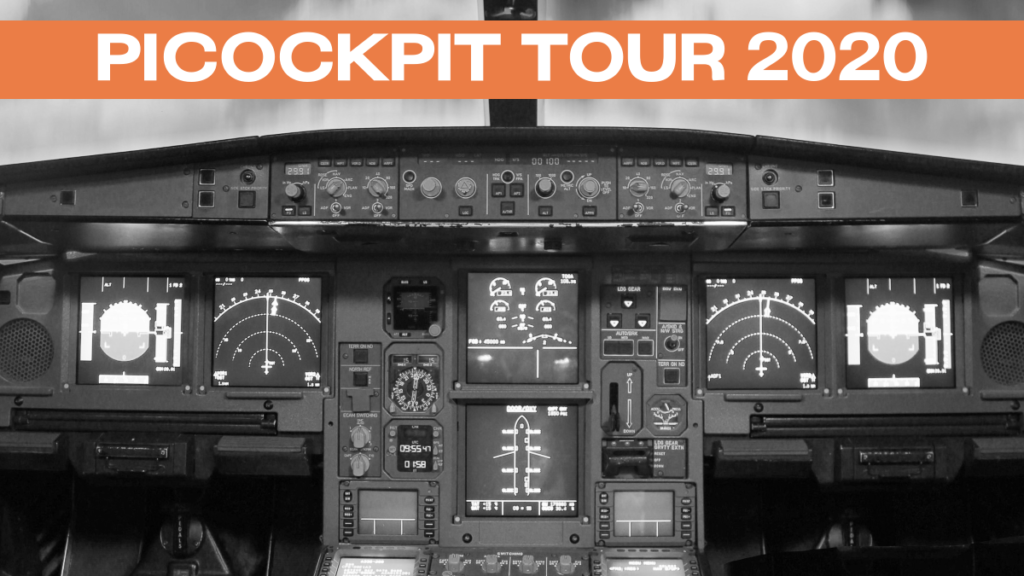Posts Tagged ‘picockpit’
What to do with the Raspberry Pi Zero 2 W
If you are looking for fun projects to do, check out this post. The Pi Zero 2 W is best suited to applications that have these parameters: If you plan to build a device that runs on a battery, needs to fit in a small space, or needs to run Linux, then the Raspberry Pi…
Read MoreRaspberry Pi Zero 2 W WiFi chipset, speeds & monitor mode
The Raspberry Pi Zero 2 W chip is slightly different from the chips used in other models. Therefore, in this blogpost, we’re going to cover the differences in depth. WiFi performance WiFi figures sourced from Jeff Geerling. Zero W – 20.3 Mbps Zero 2 W – 33.5 Mbps Pi 3B (non-plus) – 38.8 Mbps Pi…
Read MoreTeach your BME688 how to smell
A complete guide on how to train your BME688 sensor Hi fellow tech enthusiasts! Bosch released the BME688, an awesome new sensor that can distinguish up to four different scents. This guide will explain all the details of teaching your BME688 how to distinguish smells. Don’t worry if you are new to AI or Python.…
Read MoreBME688 DigitalNose App released
As of today, PiCockpit users will find a new App in their dashboard: BME688 DigitalNose This brings PiCockpit to the new version 2.2.0 – your picockpit-client should at least have version 2.2.0, or higher to be able to use this app. This app will allow you to use your BME688 sensor in smell detection mode…
Read MoreFree upgrade: Raspberry Pi 4 now with 1.8GHz instead of 1.5GHz
Raspberry Pi has also increased the clock speed for many Raspberry Pi 4 to 1.8GHz with the introduction of Raspberry Pi OS Bullseye! That’s 20% more performance for the same price 🙂 The upgrade brings the Pi 4 up to the clock speed of the Pi 400, which was previously the fastest Raspberry Pi model.…
Read MorePiCockpit on Raspberry Pi OS Bullseye
Update 7.1.2022 (final fix) I have now released two separate packages on our normal repository for both bullseye and buster. Our install script should automatically choose which repository you can use. In order to install picockpit-client on both Raspberry Pi OS Bullseye and Raspberry Pi OS Buster please simply run the following command on your…
Read MoreSneak Peek into PiCockpit v2.1
Behind the scenes, we have been working on PiCockpit v2.1 for a while now. There is a cool new feature coming for PiStats, but this will be revealed when PiCockpit v2.1 is ready 🙂 For now a sneak preview into one of the two new apps (“BME688 Air Quality Meter” and “CO2 Sensor”) for the…
Read MoreAll about SD card health on the Raspberry Pi
The SD card is – next to the power supply – a critical additional component of the Raspberry Pi. Monitoring it’s health is really important to ensure a smooth operation of your Raspberry Pi operating system, and a good user experience. This article will show you several ways how to check and monitor the health…
Read MoreHow to Read Your Monitor’s EDID on a Raspberry Pi
In this post, we tell you exactly what you need to do in order to make sense of your monitor’s extended display identification data (EDID) on your Raspberry Pi. Note: previously, a function to read the EDID used to be available with the standalone version of PiDoctor. This version has been discontinued, and the functionality…
Read MoreTour through PiCockpit 2020
This post provides a tour of PiCockpit in 2020. Want to find out what PiCockpit is all about? Check out the video below, with the latest PiCockpit features in 2020: Here’s a transcript of the guided tour: Welcome to PiCockpit. PiCockpit is a web interface to monitor and control your Raspberry Pis. You can use…
Read More